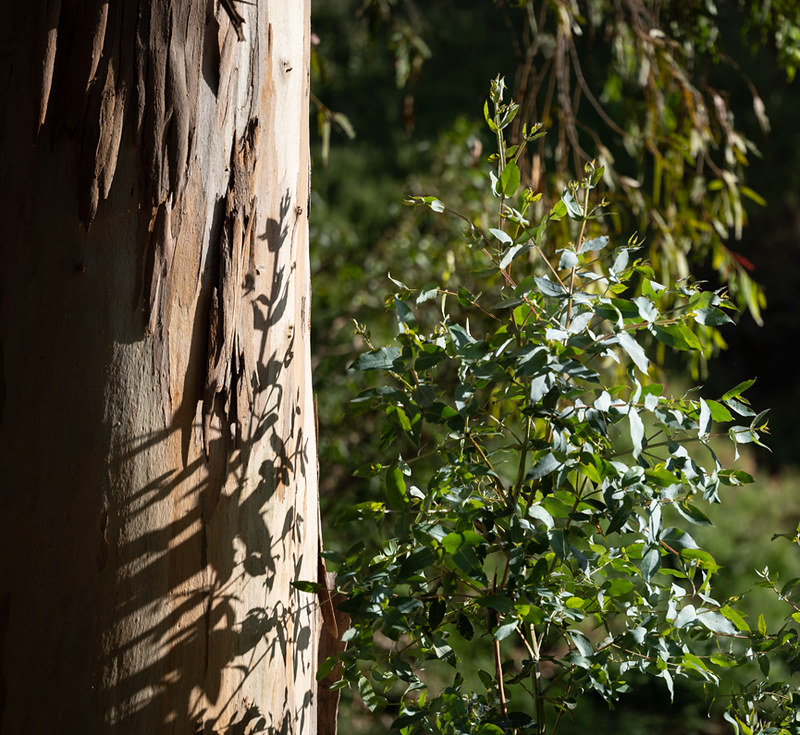A park near my residence has some semi-wild areas aside from the manicured portions. As the normal rainy season winds down in coastal California (albeit having been unusually dry the past few months) we have some green plants and flowers that will soon turn seasonally brown. Interestingly, most of the species are actually imports from the Mediterranean regions of southern Europe that have a similar climate. These and other species of similar origin have come to dominate grassy areas in most lowland parts of California.
The following photos were taken with a Nikon Z6 and the Nikon 105mm MC lens. I found this lens very useful and user-friendly, with the only problem being inadequate background separation in a few cases due to the maximum aperture being not as wide as in many non-macro lenses. Of course this result should be expected when using such a lens.
 Mustard Plant
Mustard Plant by
Bill de Jager, on Flickr
Mustard plant (
Brassica nigra rapa) [see discussion in posts below] in bloom next to trash and recycling receptacles.
This plant is the ancestor of several common garden vegetables and field crops. Young Thistle
Young Thistle by
Bill de Jager, on Flickr
Young Italian thistle (
Carduus pycnocephalus, which along with several other non-native thistles is a noxious weed in California. It makes an interesting subject, though.
 Eucalyptus Contrast
Eucalyptus Contrast by
Bill de Jager, on Flickr
This photo contrasts the large, peeling trunk of a Tasmanian blue gum (
Eucalyptus globulus (Myrtaceae) with the juvenile foliage of a sapling to the right. Mature trees have leaves that are quite different as seen in the background. This tree from Australia and Tasmania was widely planted in coastal regions of California up until about 80 years ago.
 Thistle Silhouette
Thistle Silhouette by
Bill de Jager, on Flickr
Another Italian thistle bolting towards blooming. The grasses on the left are ripgut brome (
Bromus diandrus) and wild oats (
Avena fatua).
More to come...